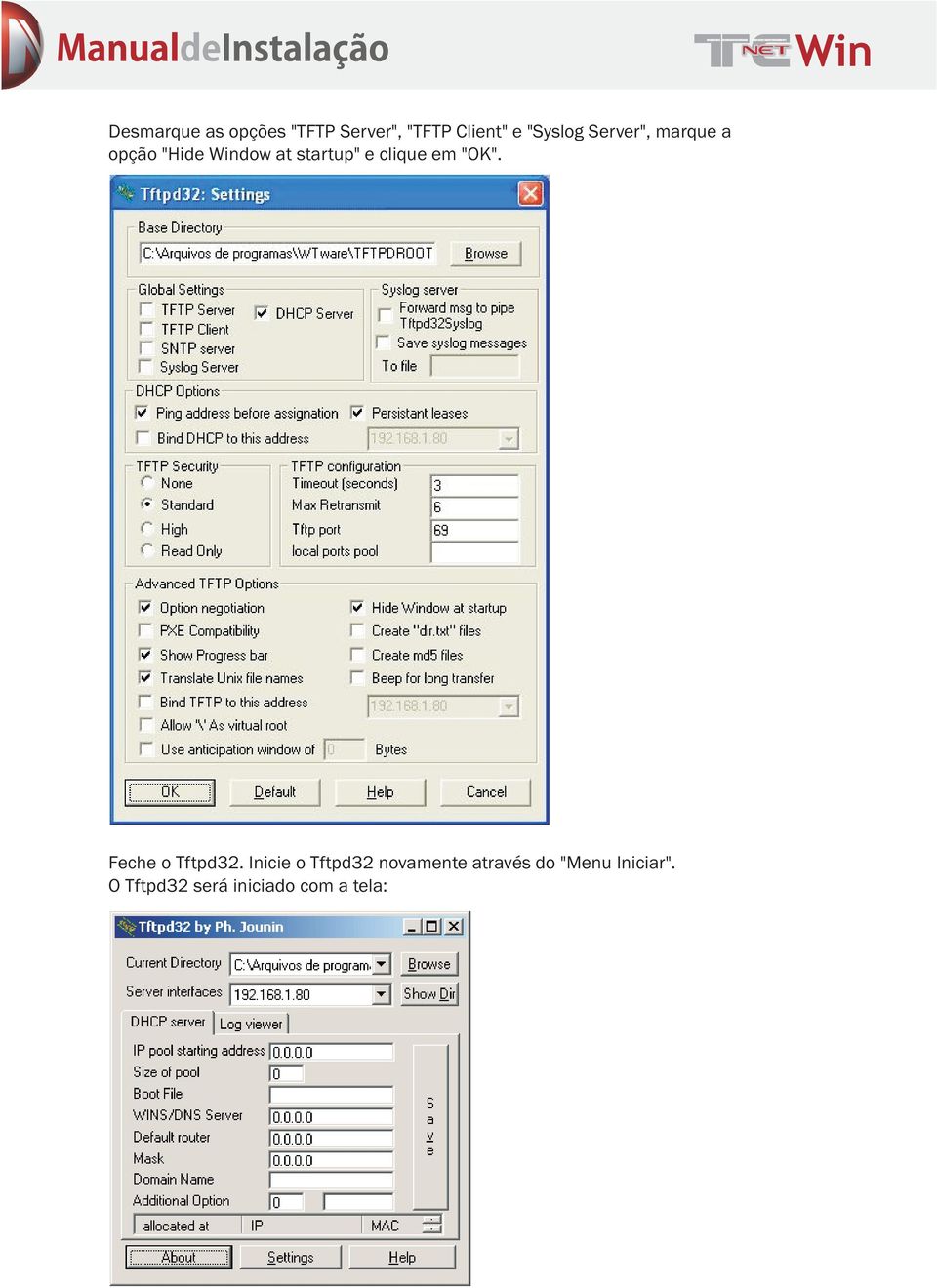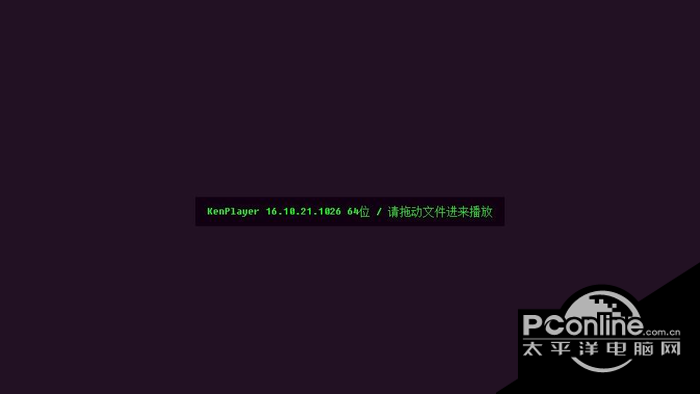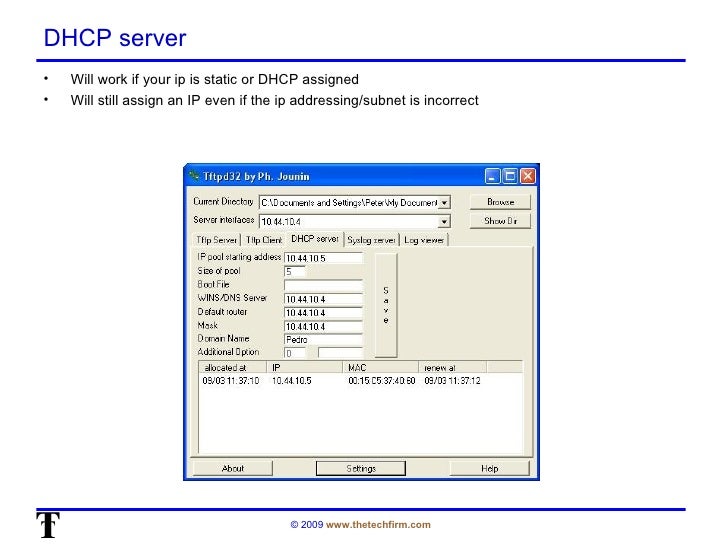
Configuring the TFTP server with TFTP Server v3.4.1:
Running TFTP on Mac OS X TFTP, or Trivial File Transfer Protocol is a protocol that can be used for quickly shuttling files about. While similar to FTP, TFTP has no username and password (in most cases) and should not be running when you do not need it. OmniWeb 4.0 beta 7 is now available. OmniWeb is a full-featurednative web browser for Mac OS X. Highly multi-threaded and writtenusing Appleis advanced Cocoa frameworks, OmniWeb is designed toprovide you with the best user experience youill find in a webbrowser. Alternatives to TFTPD32 for Windows, Linux, Mac, Windows S, Software as a Service (SaaS) and more. Filter by license to discover only free or Open Source alternatives. This list contains a total of 5 apps similar to TFTPD32. List updated: 7/7/2020 12:48:00 PM.
Mac OS X has a built in TFTP server. However it can be challenging at times to configure and enable it.%nbsp;
%nbsp;
 Basic use of TFTP Server v3.4.1:
Basic use of TFTP Server v3.4.1:
- Once the TFTP Server v3.4.1 is installed, launch the application.
- In the TftpServer application window, you can start or stop the TFTP service by clicking on the Start/Stop button: It will change its icon and text to reflect the server's status.
- Status is also visible at the bottom of theTftpServer window.
- Copy the firmware file(s) to folder/private/tftpboot
- /private/tftpboot is the default target folder for the TFTP server. If necessary, the target folder can be moved. Please see instructions below to relocate the target folder.
- Open the TFTP v3.4.1 application
- In the TftpServer window, click Start to enable the TFTP server if not already running

 Once the TFTP server is started, you may flash the VTrak via the CLI or CLU commands. Please see your user manual for firmware flash commands and instructions.After the firmware is updated, you can stop the TFTP server.
Once the TFTP server is started, you may flash the VTrak via the CLI or CLU commands. Please see your user manual for firmware flash commands and instructions.After the firmware is updated, you can stop the TFTP server.- Open the TFTP v3.4.1 application
- In the TftpServer window, click Stop to disable the TFTP server if the TFTP server if no longer needed
Manual configuration of TFTP server in Mac OS X:
Using TFTP Server on Mac OS X 10.7 Lion and later versions for firmware updates:- Copy the firmware file to folder/private/tftpboot
- /private/tftpbootis the default target folder for the TFTP server. If necessary, the target folder can be moved. Please see instructions below to relocate the target folder.
- Open Terminal
- In the terminal window, type the following two lines:
Once the TFTP server is started, you may flash the VTrak via the CLI or CLU commands. Please see your user manual for firmware flash commands and instructions.
After the firmware is updated, you can disable the TFTP server.Stopping the TFTP server on Mac OS X 10.7 and later:- In the terminal window type:
Tftpd32 For Mac Os
Please note the TFTP server users UDP port 69 by default. If you have a firewall enabled on your system or network, be sure that UDP port 69 is not blocked and available during your update. Using TFTP Server on Mac OS X 10.6 Snow Leopard and earlier versions for firmware updates:
Tftpd32 For Mac
- Log in as root user on your Mac
- Copy the firmware file to folder/private/tftpboot
- /private/tftpboot is the default target folder for the TFTP server. If necessary, the target folder can be moved. Please see instructions below to relocate the target folder.
- Open Terminal
- In the terminal window type:
Once the TFTP server is started, you may flash the VTrak via the CLI or CLU commands. Please see your user manual for firmware flash commands and instructions.After the firmware is updated, you can disable the TFTP server.Stopping the TFTP server on Mac OS X 10.6 and earlier:
- In the terminal window opened in the steps above type:
Tftpd32 For Mac Pro
Please note the TFTP server users UDP port 69 by default. If you have a firewall enabled on your system or network, be sure that UDP port 69 is not blocked and available during your update.
Changing the default TFTP folder:
- Open a Finder window
- Navigate to /System/Library/LaunchDaemons
- Using a plain text editor, modify tftp.plist
- Look for the following lines
Tftpd32 For Macbook Pro
| <key>ProgramArguments</key> |
| <array> |
| <string>/usr/libexec/tftpd</string> |
| <string>-i</string> |
| <string>/private/tftpboot</string> |
| </array> |
- Change the third <string> line from /private/tftpboot to another folder. This will move the TFTP server's target folder.
- For example, change the path to secure location like /var/tftpfiles
- Then make a new folder matching the change
| <key>ProgramArguments</key> |
| <array> |
| <string>/usr/libexec/tftpd</string> |
| <string>-i</string> |
| <string>/var/tftpfiles</string> |
| </array> |
- When done, save tftp.plist
- Now the TFTP server will look in /var/tftp_files folder for all TFTP file transfers
- You must either restart your Mac or restart the TFTP server to have the changes take effect.